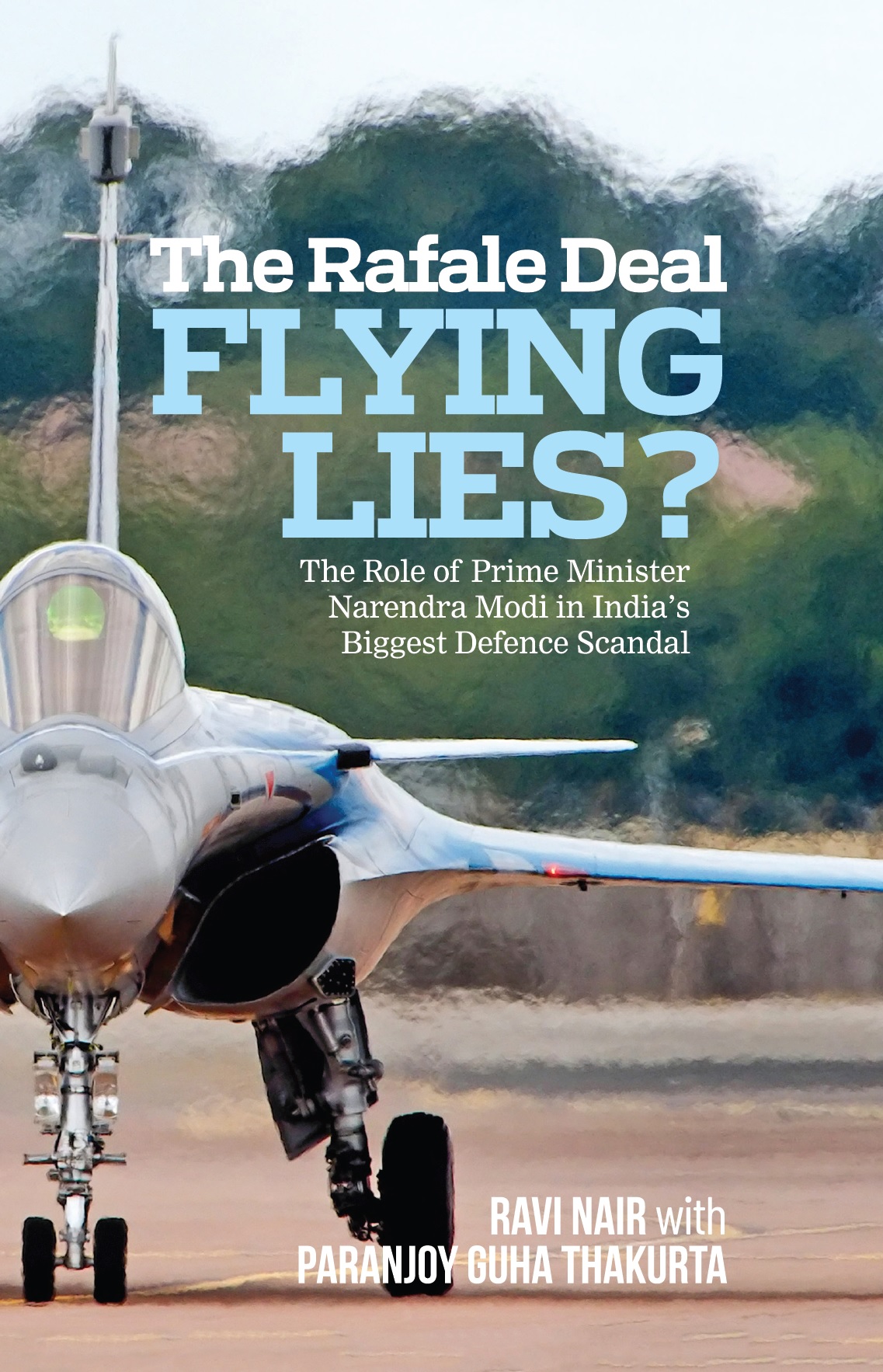As one writes this column in the second week of July, the turmoil in West Asia seems to be intensifying. As if the civil strife in Syria that has been going on for two years and the more recent conflict in Iraq were not bad enough, the armed confrontation between Israel and Palestine portends ill for this part of the world. The United States is no longer importing oil in large quantities after its own supplies of shale gas went up. But China and India have become more dependent than ever before on crude oil from countries located in and around the Persian Gulf. This is why the unstable situation in West Asia could have serious negative implications for the Indian economy.
At present, imported crude oil comprises close to 85 per cent of India's total consumption. (In addition, we also import roughly 40 per cent of our requirement of gas.) Oil is the single biggest item in our import bill accounting for roughly one-third of total imports. Of India's total imports of crude oil, around a third comes from West Asia. Even when the country imports oil from countries other than those in the Gulf region, much of the imported oil gets routed through the Middle East through "swap" deals for a simple reason: logistics. It is least expensive and most convenient to import oil from countries like Iraq and Iran. Indian refineries are geared to process crude oil from these countries.
World prices of crude oil had touched US$ 115 a barrel in the third week of June, the highest in nine months, before declining. There is an optimistic view which is that the various conflicts in West Asia will subside soon resulting in oil prices remaining more or less around $ 110 a barrel. The pessimistic view is that the unrest in Iraq, Syria and the Gaza Strip would worsen in the weeks ahead and that this would increase the per barrel price of crude oil by $10-15. The worst case scenario is that the Sunni Arab-led Islamic State of Iraq and al-Shams (ISIS) will destabilise the beleaguered government in Baghdad led by Nouri al-Maliki despite the intervention of America, Russia and Iran, thus increasing the possibility of Iraq imploding. If that happens, there is no telling what will happen to the price of oil.
International oil prices have been extremely volatile during particular periods. In 2008, crude oil prices jumped from $ 40 a barrel to $ 147 a barrel before collapsing again to $ 40 a barrel. Then, during the course of 2009 and 2010, oil prices rose steadily to around $ 90 a barrel before spiking to a 30-month high of $ 120 a barrel in February 2011, after the so-called Arab Spring began with the ouster of the Ben Ali regime in Tunisia followed by the fall of the Mubarak government in Egypt. Thereafter, the Gaddafi government was toppled in Libya but even till today, that country's oil terminals remain crippled by rebels. In this period, short-term demand-supply imbalances have been sought to be bridged by Saudi Arabia, a Sunni-dominated monarchy and America's closest ally in the Arab world.
Domestic prices of petroleum products have been creeping up. Under the circumstances, it will not be possible for the government to douse inflationary fires. While petrol prices were deregulated in 2010, prices of diesel, kerosene and liquefied petroleum gas continued to be officially administered. In mid-June, it seemed that if diesel prices were increased by a rupee or two per litre over the next couple of months, domestic prices of this fuel would become more or less equal to world prices. Diesel prices have been increased by small amounts no less than 17 times between January 2013 and June 2014.
Diesel is the most widely used petroleum product in India in terms of volume (around 60 per cent of the total) as well as value (approximately 40 per cent) -- it is the main fuel used for transportation and as a "universal intermediate", its prices have a cascading impact on the prices of a very wide range of articles of mass consumption, especially food items. Unlike diesel, petrol is used mainly by the affluent sections of society for personal transport. This is not true for cooking gas which is used by the middle classes and kerosene which is meant to be used by the poor for cooking and lighting but which is illegally diverted in large quantities to adulterate petrol and diesel and smuggled out of the country. Many measures have been tried to curb diversion of kerosene – from colouring it blue to putting chemical markers in the liquid -- but the incentive to adulterate continues because of the wide gap between prices of kerosene prices and those of diesel and petrol. The subsidy element per litre of kerosene sold is around Rs 33 while the corresponding figure for a cylinder of LPG is in the region of Rs 450.
Governments at the centre and in the states depend a lot on the petroleum industry for revenues. Around half the price the consumer pays for a litre of petrol goes to government bodies in the form of taxes and this proportion is more than 30 per cent for diesel. Excise duties on petroleum products contribute over 40 per cent of the Union government’s total excise collections. Excise and customs duties on crude oil and petroleum products are ad valorem or a percentage of value, which implies that tax revenues go up as prices rise. This is good for governments but terrible for the consumer.


